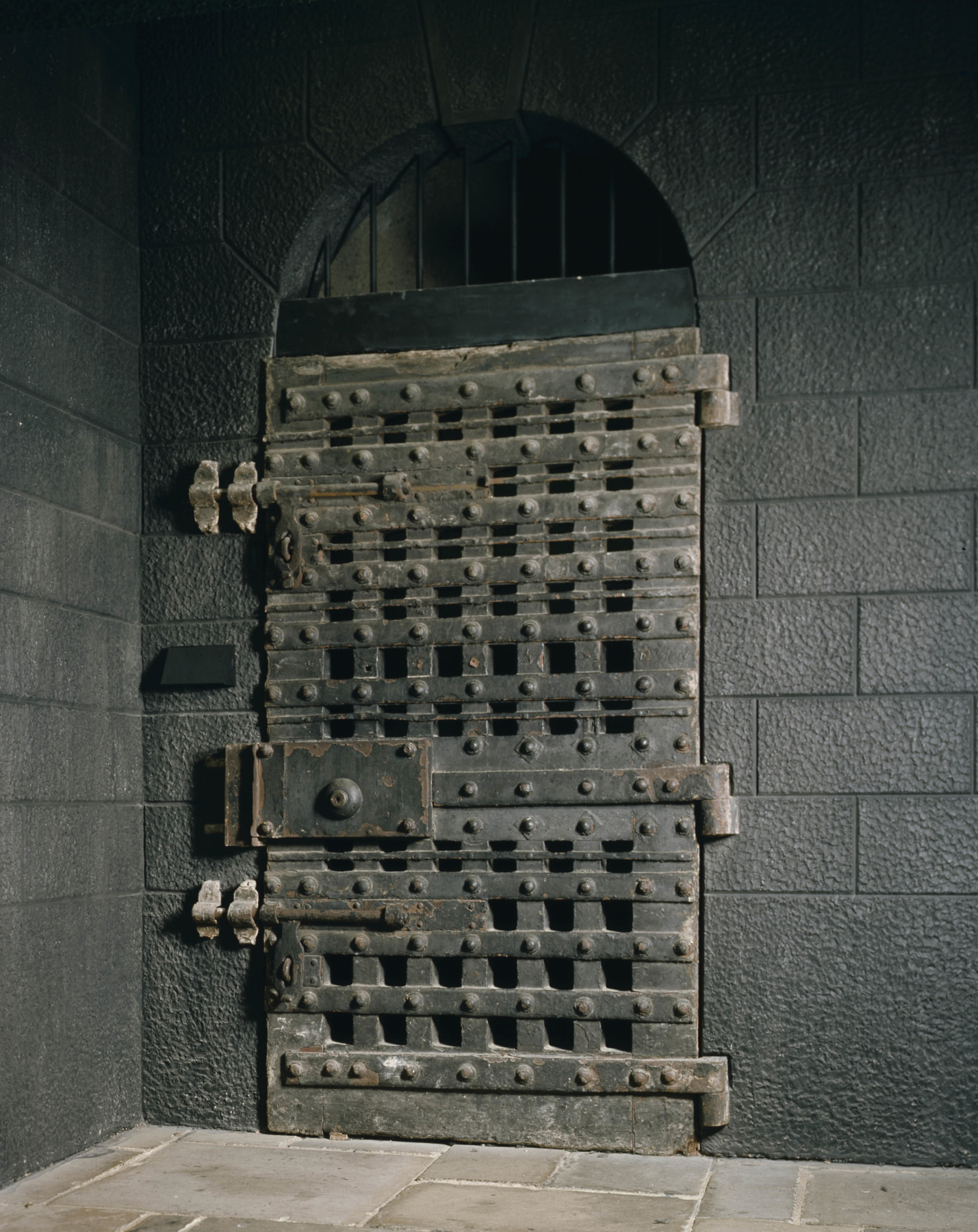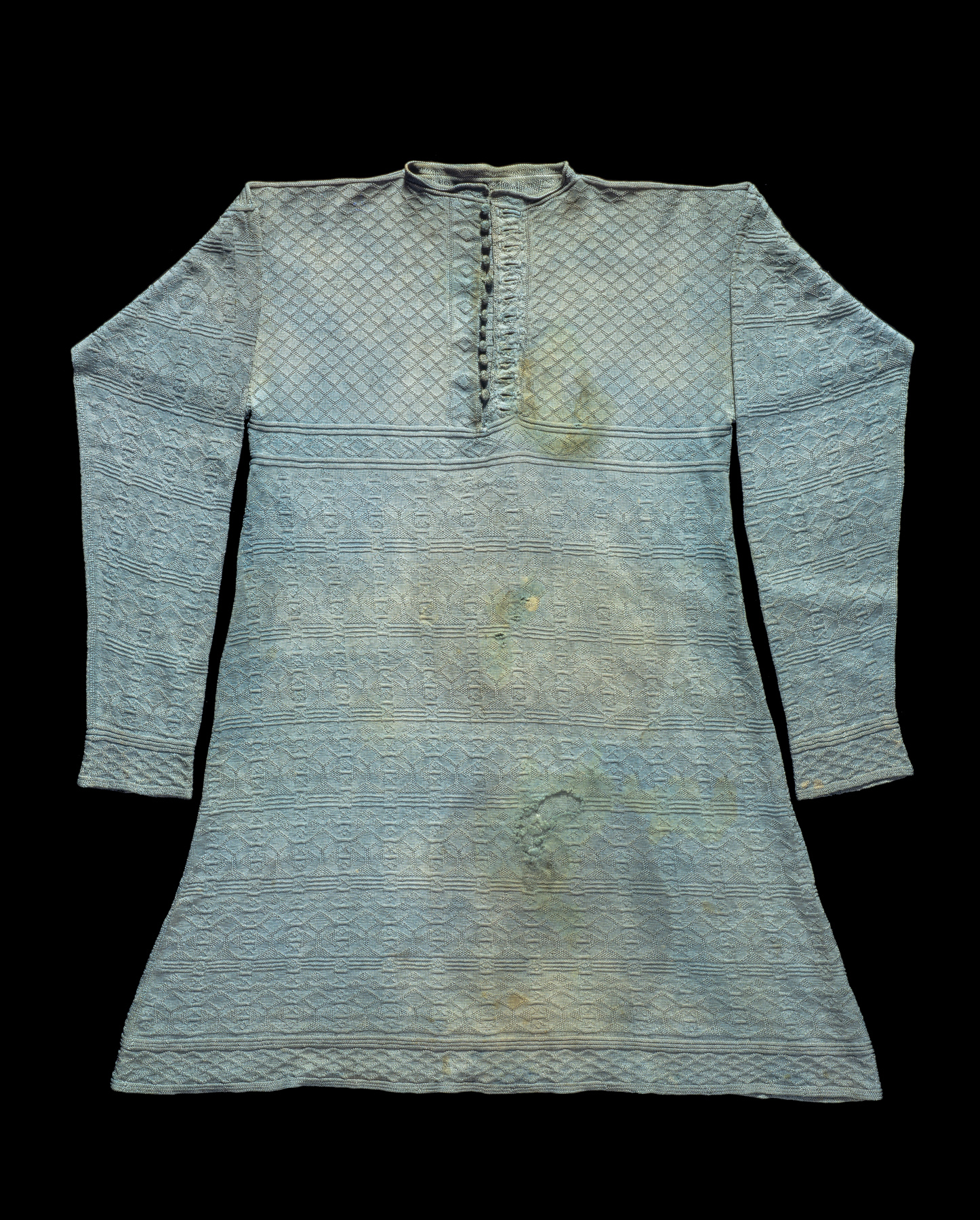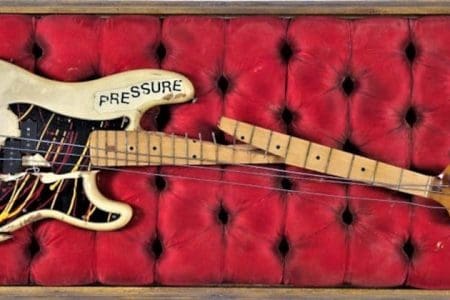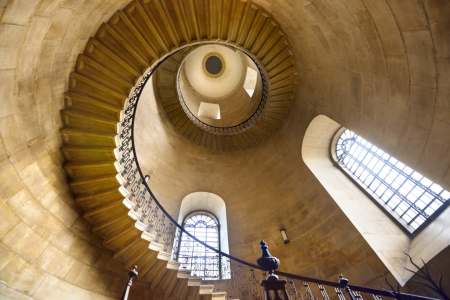Robert Spellman reviews Executions, an exhibition looking at public executions held at the Museum of Docklands London.
Hanging. Burning. Beheading. Drawing, hanging and quartering. During London’s 700-year history of public execution, thousands of people lost their lives in front of crowds that ranged from sizeable to vast, using these methods. Some were even boiled alive. Nobody was exempt: Charles I was beheaded in 1649 for high treason and many people of standing met their end by the executioner’s hand, such as 80-year-old Jacobite rebel Lord Lovat in 1747, the last person to be decapitated alive (although beheading itself wasn’t formally abolished in this country until 1973). The frequency of execution in the capital exceeded that of all British cities and London came to be known as City of Gallows.
Executions: the Exhibition

An exhibition detailing this history, from the first recorded execution at Tyburn (now the area around Marble Arch but once London’s most iconic execution site) in 1196 to the last public termination in 1868, is currently showing at the Museum of London Docklands until April.
A wealth of grisly information is on display along with artifacts on show for the first time, including the Newgate Prison Debtors’ Door (c.1780), the final door the condemned passed through before reaching the scaffold outside the infamous prison, a gibbet cage for displaying decaying corpses (a deterrent similar to the spiked heads over London Bridge) and a delicately woven silk vest said to have been worn by King Charles at his execution. The large stains on the fabric have never been identified.
The most frightening object of all might be an axe that was never used, but was made specifically to execute the Cato Street prisoners, who in 1820 planned to kill the prime minister and various MPs.
But the exhibition is more than mere shock and aims to place the punishment within a social history. We learn of the “execution economy”; the money to be made from the spectacle of death. The wealthy paid for the best views from grandstand seating and pamphlets and broadsides grimly sensationalising the event were sold on site and later throughout the country. A good murder could shift up to 250,000 copies. A holiday atmosphere mixed with keen anticipation on the big day, and crowds waiting for hours would be fed by piemen selling beef, mutton or eel.

Amid the paintings, letters to loved ones, death warrants and items of clothing is perhaps the exhibition’s most impressive piece of research – a roll call of around 5,000 people publicly put to death, with their name, age, crime and execution place. By the 1860s there were more than 200 capital offences, from the most serious such as treason to the pettiest of theft. By this time however, the morality of ogling people die was being seriously questioned and execution sites were becoming a blight on the growing housing market.
The last public termination, that of Irish Republican Michael Barrett, took place on May 26,1868. After that, executions took place in private until 1964 but Britain’s death penalty remained until 1969.
Executions
Runs at Museum of London Docklands up to 16 April.
Tickets
Tickets from £12 can be purchased here.
All images supplied by Museum of London.



